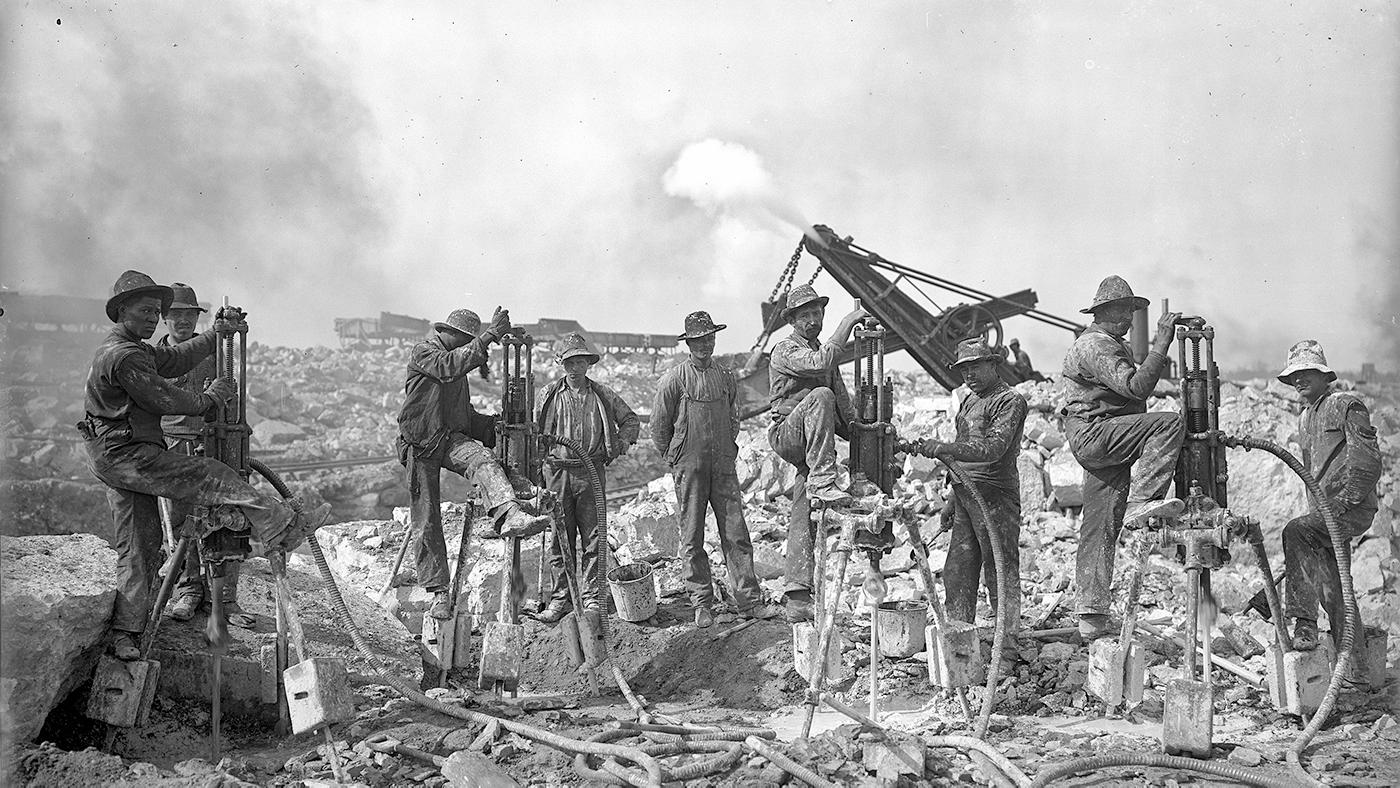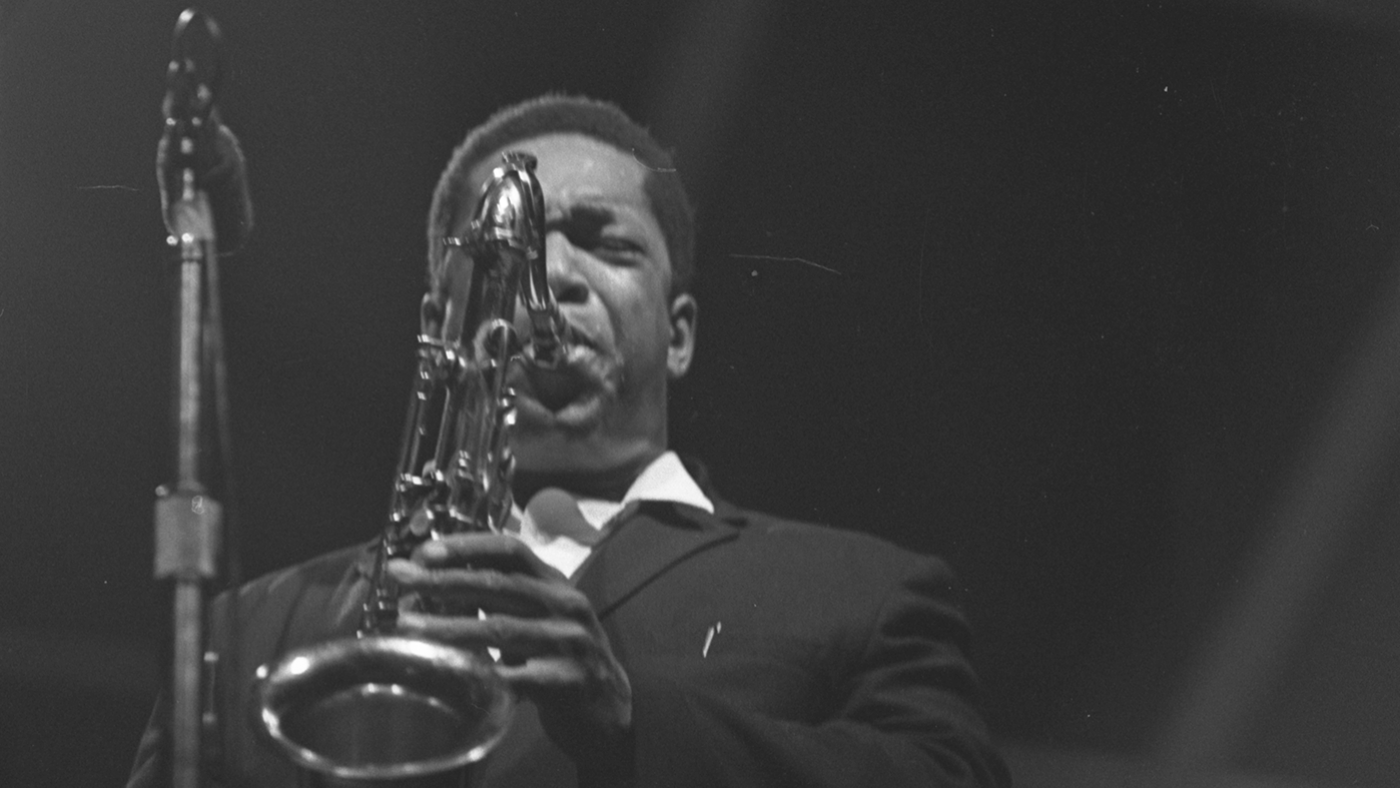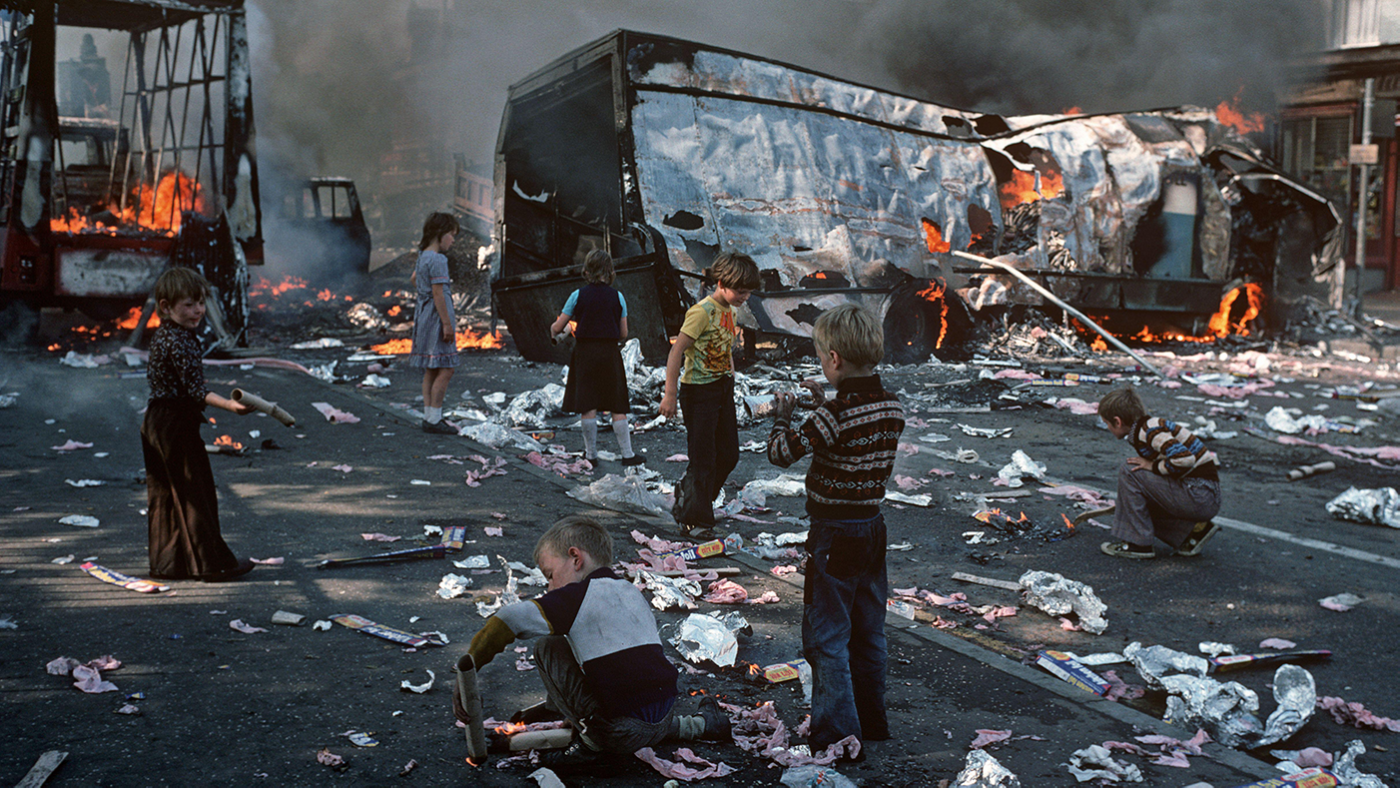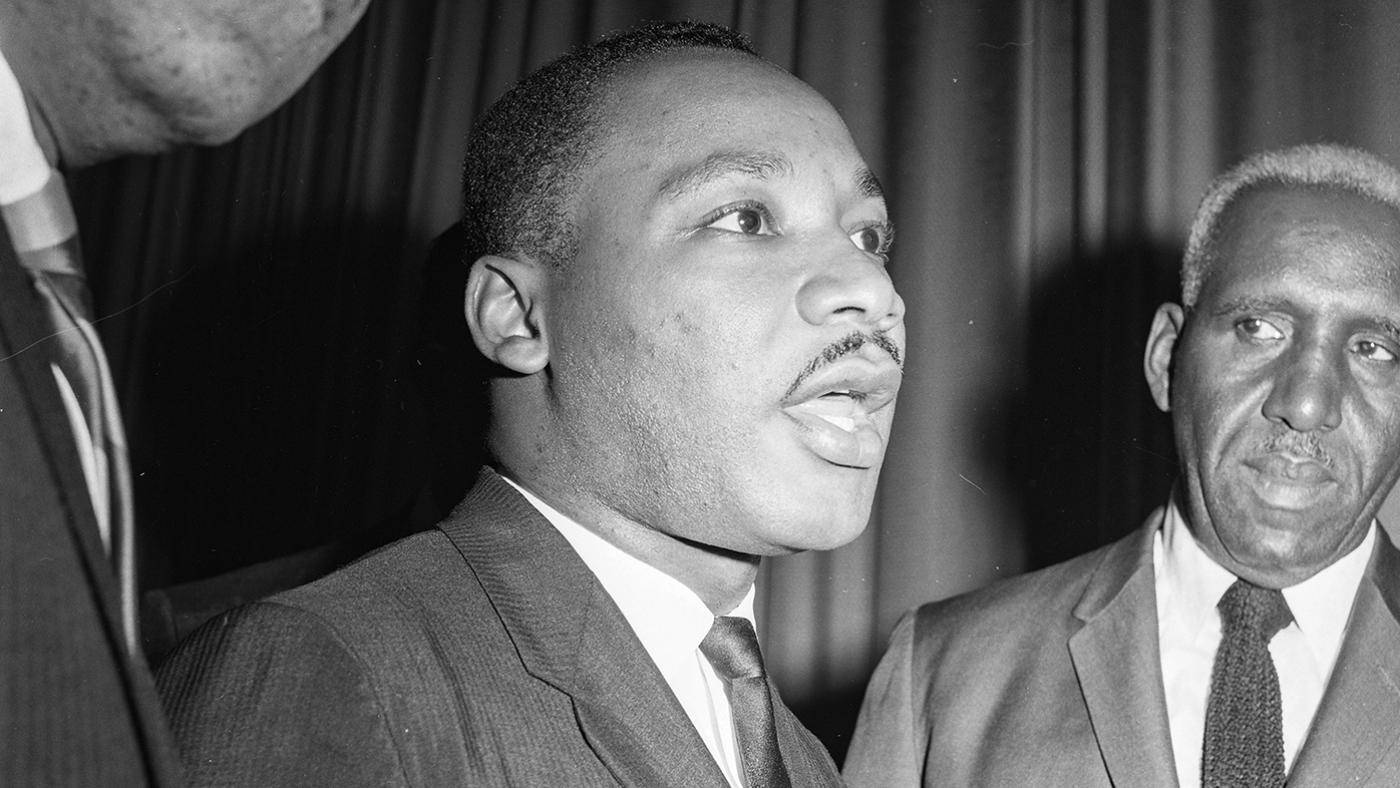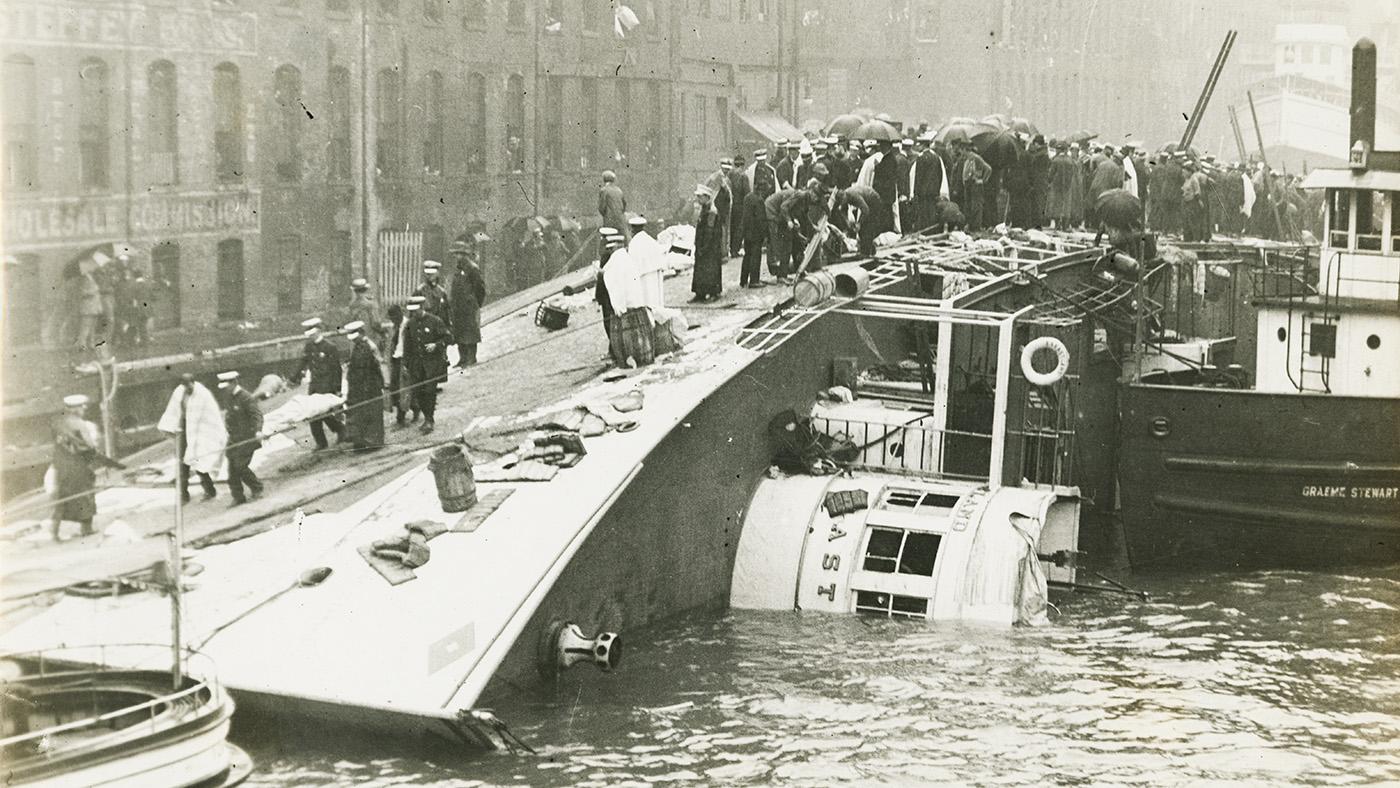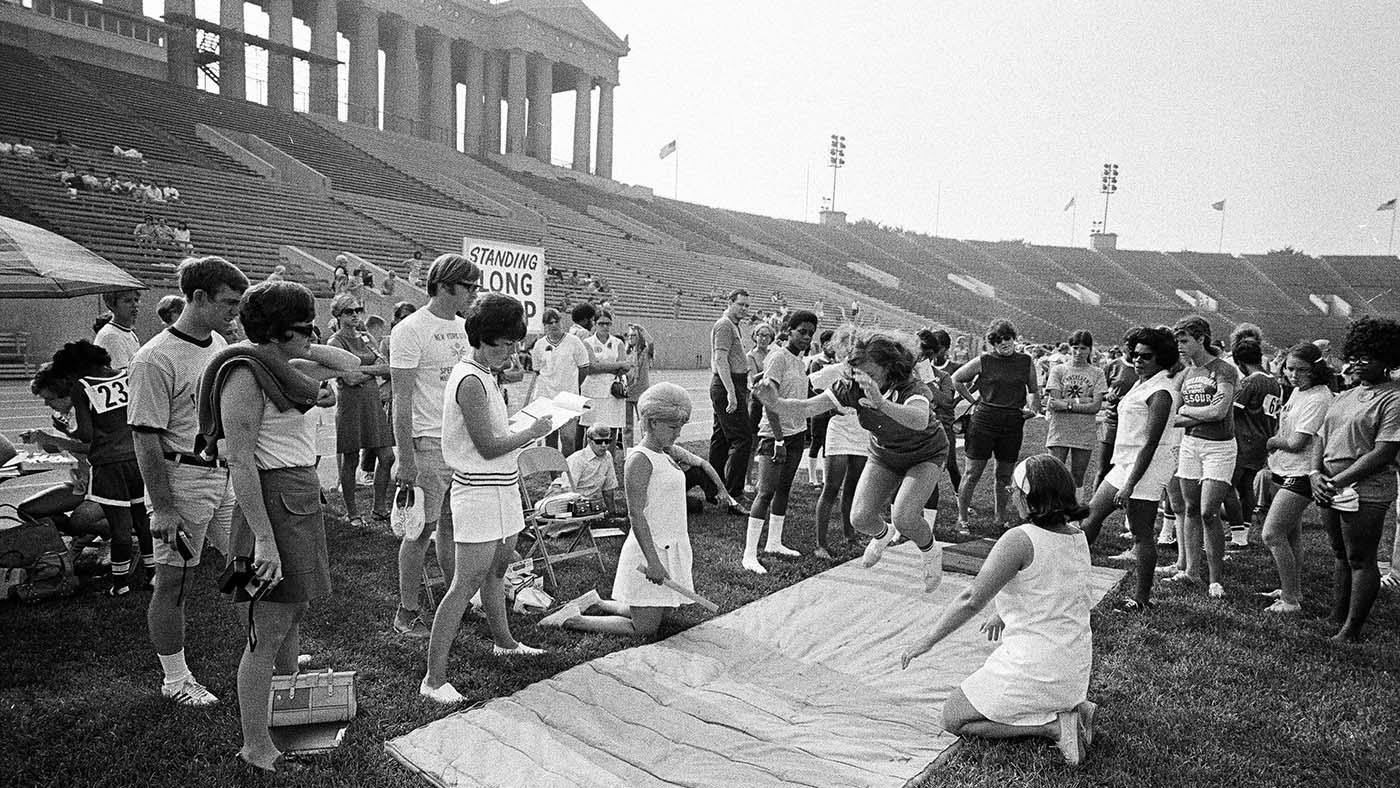How 13 Chicago Parks Got Their Names
Daniel Hautzinger
May 21, 2018
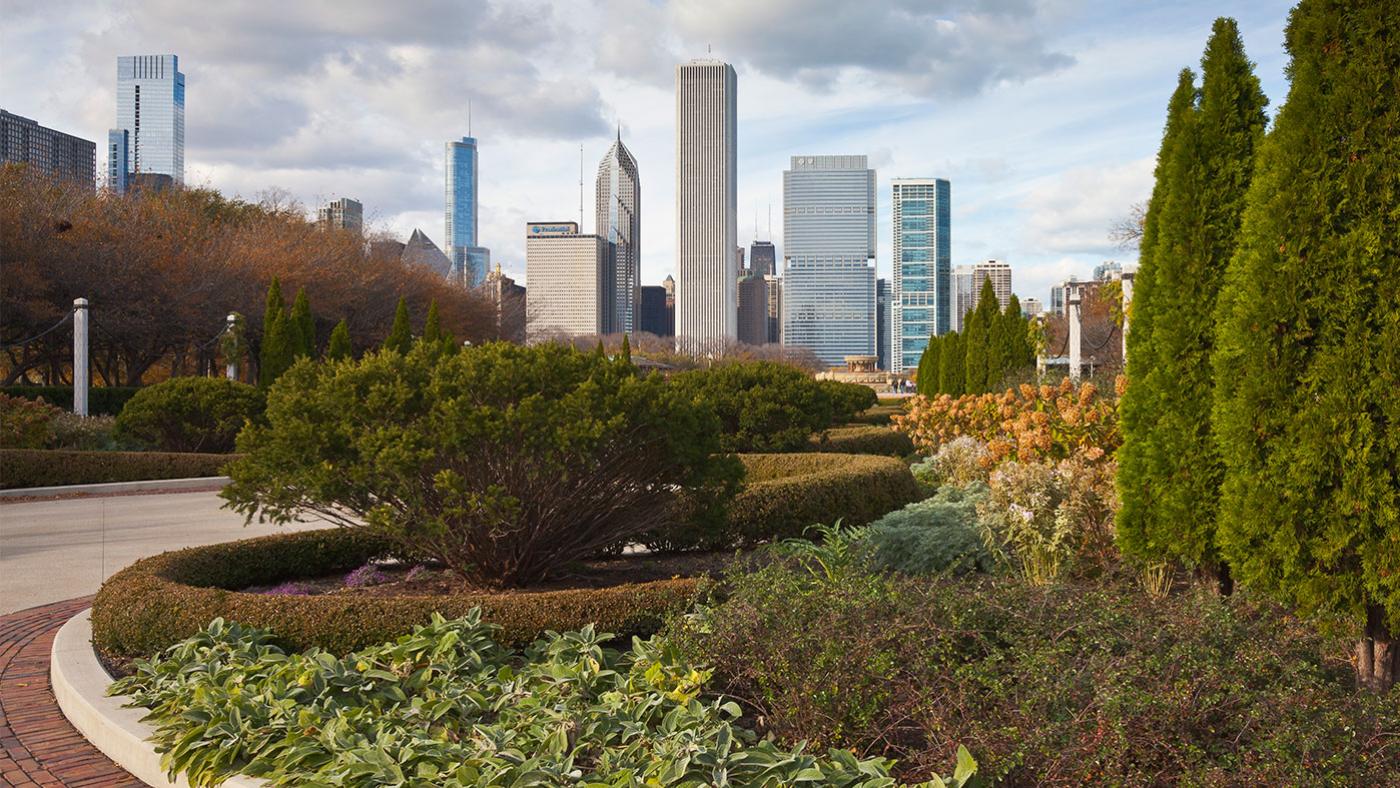
We’ve already explored the origins of several Chicago street names, but what about our city’s parks? From before Chicago was even incorporated, when planners set aside a stretch of lakeside for “Public Ground” in 1836, Chicago has sought to live up to its motto “Urbs in Horto,” or “City in a Garden,” by creating and maintaining bountiful public parks. The Chicago Park District, which was founded in 1934 when 22 independent park districts were consolidated, now oversees 8,800 acres and more than 600 parks. Where – and why – did some of the more prominent get their names?
Humboldt Park
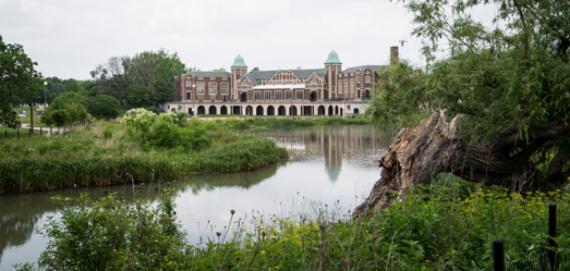 Humboldt Park's field house, designed by Michaelsen and RognstadThis large park, with its lagoon and historic field house and boathouse, was first proposed in 1869 as part of an extensive park system connected by green boulevards. Plans for Humboldt, Garfield, and Douglas Parks were completed by architect William Le Baron Jenney, the father of the skyscraper, though they were never completely carried out. Humboldt Park is named after the Prussia scientist and explorer Alexander von Humboldt, who inspired Darwin, Thoreau, and many others.
Humboldt Park's field house, designed by Michaelsen and RognstadThis large park, with its lagoon and historic field house and boathouse, was first proposed in 1869 as part of an extensive park system connected by green boulevards. Plans for Humboldt, Garfield, and Douglas Parks were completed by architect William Le Baron Jenney, the father of the skyscraper, though they were never completely carried out. Humboldt Park is named after the Prussia scientist and explorer Alexander von Humboldt, who inspired Darwin, Thoreau, and many others.
Garfield Park
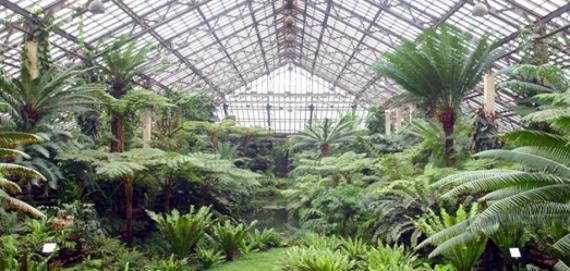 Garfield Park ConservatoryOriginally named Central Park, this West Side park was the centerpiece of the plans drawn up by William Le Baron Jenney that included Humboldt and Douglas Parks. After the assassination of President James A. Garfield in 1881, the park was renamed in honor of him. Besides its lagoon and conservatory, it also houses the iconic Gold Dome field house, which served as the headquarters of the West Park System from 1928 until 1934, when the West Park System was consolidated into the Chicago Park District.
Garfield Park ConservatoryOriginally named Central Park, this West Side park was the centerpiece of the plans drawn up by William Le Baron Jenney that included Humboldt and Douglas Parks. After the assassination of President James A. Garfield in 1881, the park was renamed in honor of him. Besides its lagoon and conservatory, it also houses the iconic Gold Dome field house, which served as the headquarters of the West Park System from 1928 until 1934, when the West Park System was consolidated into the Chicago Park District.
Douglas Park
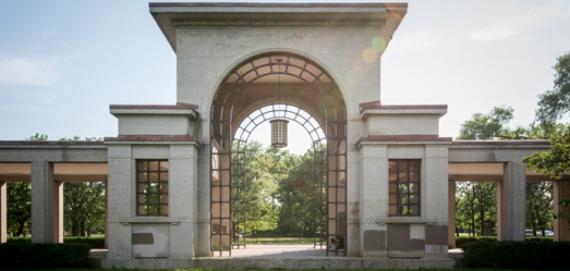 Douglas Park's Flower HallThe last of the three interlinked West Side Parks with plans designed by William Le Baron Jenney, Douglas Park was named after Senator Stephen A. Douglas, best known as Abraham Lincoln’s presidential rival and someone who helped bring the Illinois Central Railroad to the city, allowing for some of its explosive growth in the nineteenth century.
Douglas Park's Flower HallThe last of the three interlinked West Side Parks with plans designed by William Le Baron Jenney, Douglas Park was named after Senator Stephen A. Douglas, best known as Abraham Lincoln’s presidential rival and someone who helped bring the Illinois Central Railroad to the city, allowing for some of its explosive growth in the nineteenth century.
Wicker Park
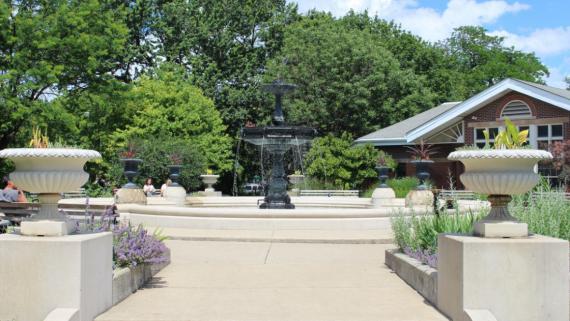 Wicker Park's fountain, installed in 1908This neighborhood and park are named after Charles and Joel Wicker, who began their Chicago life as wholesale grocers. Charles eventually owned rail lines and, when he was an aldermen, he and his brother created a subdivision on the northwest side of the city around 1870, setting aside four acres for a green park. The park was originally enclosed by a fence to keep wandering cows out (Wicker Park was on the outskirts of the city then) and featured an artificial lake that was eventually replaced by a fountain.
Wicker Park's fountain, installed in 1908This neighborhood and park are named after Charles and Joel Wicker, who began their Chicago life as wholesale grocers. Charles eventually owned rail lines and, when he was an aldermen, he and his brother created a subdivision on the northwest side of the city around 1870, setting aside four acres for a green park. The park was originally enclosed by a fence to keep wandering cows out (Wicker Park was on the outskirts of the city then) and featured an artificial lake that was eventually replaced by a fountain.
McKinley Park
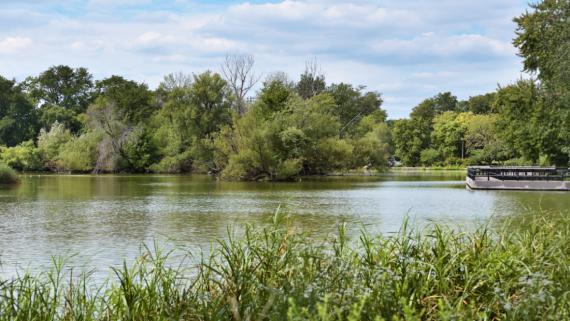 McKinley Park's lagoonPresident William McKinley was assassinated in September 1901. A month later this experimental and as-yet-undeveloped park was named in his honor (the neighborhood eventually also took this name). Previous parks in Chicago, like Humboldt and Jackson Park, were far from the crowded, polluted city neighborhoods. But McKinley Park was envisioned as an oasis within the city, tucked in near the Union Stockyards, iron and steel factories, and brickyards by the South Branch of the Chicago River. The dedication of the park in 1902 answered years of complaints about pollution and lack of recreational space by residents.
McKinley Park's lagoonPresident William McKinley was assassinated in September 1901. A month later this experimental and as-yet-undeveloped park was named in his honor (the neighborhood eventually also took this name). Previous parks in Chicago, like Humboldt and Jackson Park, were far from the crowded, polluted city neighborhoods. But McKinley Park was envisioned as an oasis within the city, tucked in near the Union Stockyards, iron and steel factories, and brickyards by the South Branch of the Chicago River. The dedication of the park in 1902 answered years of complaints about pollution and lack of recreational space by residents.
Sherman Park
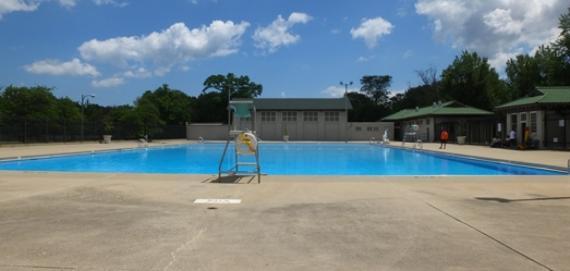 Sherman Park's poolThe success of McKinley Park led to a plan to develop ten new parks within working class neighborhoods on the South Side. Designed by the sons of renowned landscape architect Frederick Law Olmsted in conjunction with Daniel Burnham, these parks and squares opened in 1905. They were some of the first small neighborhood parks in American cities, and among the first to include playgrounds. Sherman Park, one of the larger, was named after Burnham’s father-in-law John B. Sherman, who founded the Union Stockyards. McGuane Park in Bridgeport, another of the 10 parks, was originally named after Mark White, the superintendent of the South Park Commission which oversaw the green spaces, but was renamed in 1960 in honor of John F. McGuane, a World War I veteran and Chicago Park District commissioner who lived across the street from the park his whole life.
Sherman Park's poolThe success of McKinley Park led to a plan to develop ten new parks within working class neighborhoods on the South Side. Designed by the sons of renowned landscape architect Frederick Law Olmsted in conjunction with Daniel Burnham, these parks and squares opened in 1905. They were some of the first small neighborhood parks in American cities, and among the first to include playgrounds. Sherman Park, one of the larger, was named after Burnham’s father-in-law John B. Sherman, who founded the Union Stockyards. McGuane Park in Bridgeport, another of the 10 parks, was originally named after Mark White, the superintendent of the South Park Commission which oversaw the green spaces, but was renamed in 1960 in honor of John F. McGuane, a World War I veteran and Chicago Park District commissioner who lived across the street from the park his whole life.
Marquette Park
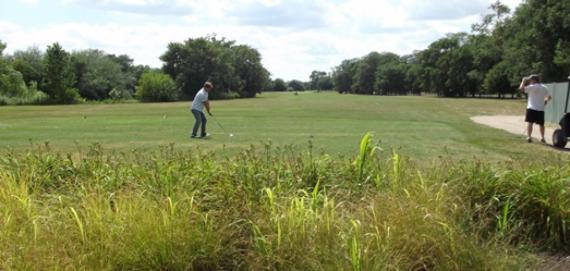 Marquette Park's golf courseMarquette Park was planned along with Sherman Park and the other nine parks designed by the Olmsted brothers and Burnham in the early twentieth century. Named after Father Jacques Marquette, the French Jesuit who explored the Chicago region in the seventeenth century, it was the largest and most ambitious park of them all. But drainage problems and the ambitious plan kept stalling the project, forcing alterations to the design. By 1917 an 18-hole golf course and tree nursery had been built, and the park now features a lagoon with two islands.
Marquette Park's golf courseMarquette Park was planned along with Sherman Park and the other nine parks designed by the Olmsted brothers and Burnham in the early twentieth century. Named after Father Jacques Marquette, the French Jesuit who explored the Chicago region in the seventeenth century, it was the largest and most ambitious park of them all. But drainage problems and the ambitious plan kept stalling the project, forcing alterations to the design. By 1917 an 18-hole golf course and tree nursery had been built, and the park now features a lagoon with two islands.
Welles Park
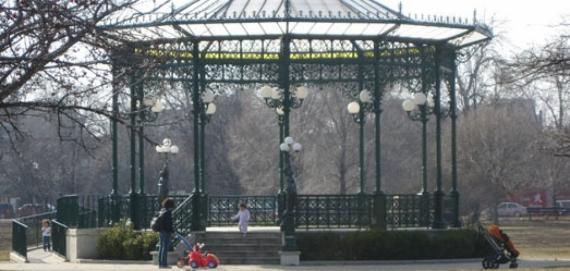 The gazebo in Welles ParkInspired by the success of South and West Side parks such as McKinley Park, the Lincoln Park Commission – which was evolving from simply overseeing Lincoln Park to becoming the Park District for the North Side – began to plan large parks on the North Side. This Lincoln Square park, which opened in 1910 and was expanded in 1922, was named for Gideon Welles, President Lincoln’s Secretary of the Navy.
The gazebo in Welles ParkInspired by the success of South and West Side parks such as McKinley Park, the Lincoln Park Commission – which was evolving from simply overseeing Lincoln Park to becoming the Park District for the North Side – began to plan large parks on the North Side. This Lincoln Square park, which opened in 1910 and was expanded in 1922, was named for Gideon Welles, President Lincoln’s Secretary of the Navy.
La Follette Park
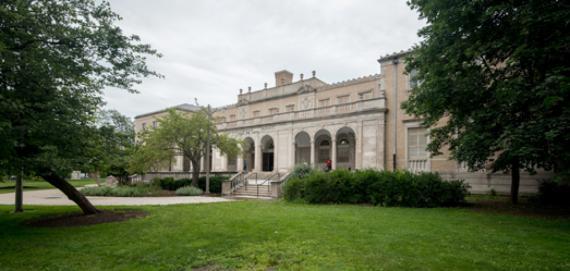 La Follette Park's Michaelsen and Rognstad-designed field houseThis park in Austin was envisioned by landscape architect Jens Jensen, who was responsible for many improvements to Chicago’s grand existing West Side parks like Douglas and Garfield Parks. Jensen planned an immersive natural landscape surrounding a public school, but his design was never fully realized. In 1926, a petition signed by one hundred thousand people led to the naming of the park after Robert M. La Follette, a Wisconsin politician and reformer who became nationally known for his Progressive politics and support of reforms such as workers’ compensation and women’s suffrage.
La Follette Park's Michaelsen and Rognstad-designed field houseThis park in Austin was envisioned by landscape architect Jens Jensen, who was responsible for many improvements to Chicago’s grand existing West Side parks like Douglas and Garfield Parks. Jensen planned an immersive natural landscape surrounding a public school, but his design was never fully realized. In 1926, a petition signed by one hundred thousand people led to the naming of the park after Robert M. La Follette, a Wisconsin politician and reformer who became nationally known for his Progressive politics and support of reforms such as workers’ compensation and women’s suffrage.
Gompers Park
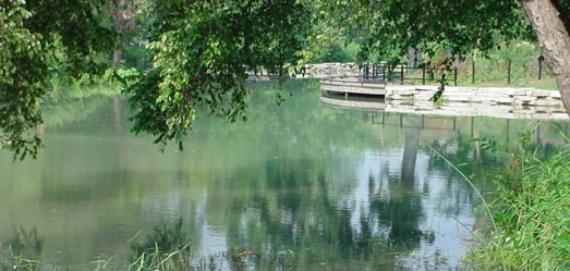 The lagoon in Gompers ParkThis park along the North Branch of the Chicago River was originally named Matson Park, after Samuel Matson, the superintendent of the Albany Park District, which had commissioned plans for the park in 1926. (The Albany Park District was consolidated into the Chicago Park District in 1934.) The park eventually included lagoons created from a dammed natural stream, wooded areas, and a variety of recreational courts. In 1929 it was renamed in honor of another Samuel – Samuel Gompers, an important labor activist who had served as the first president of the American Federation of Labor.
The lagoon in Gompers ParkThis park along the North Branch of the Chicago River was originally named Matson Park, after Samuel Matson, the superintendent of the Albany Park District, which had commissioned plans for the park in 1926. (The Albany Park District was consolidated into the Chicago Park District in 1934.) The park eventually included lagoons created from a dammed natural stream, wooded areas, and a variety of recreational courts. In 1929 it was renamed in honor of another Samuel – Samuel Gompers, an important labor activist who had served as the first president of the American Federation of Labor.
Horner Park
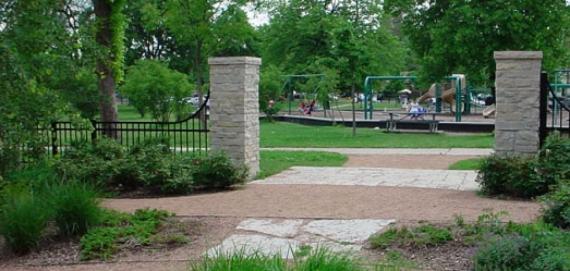 Horner Park's playgroundIn the early twentieth century, this site along the North Branch of the Chicago River housed a manufacturer that dredged clay from the river to make bricks. When the manufacturer abandoned the site, the clay pits briefly became a garbage dump before community opposition led to a rezoning. The Chicago Park District began acquiring the site in 1946, transforming the industrial site into a large park that they named after Henry Horner, Illinois’s first Jewish governor, who helped increase welfare programs during his 1933-1940 tenure.
Horner Park's playgroundIn the early twentieth century, this site along the North Branch of the Chicago River housed a manufacturer that dredged clay from the river to make bricks. When the manufacturer abandoned the site, the clay pits briefly became a garbage dump before community opposition led to a rezoning. The Chicago Park District began acquiring the site in 1946, transforming the industrial site into a large park that they named after Henry Horner, Illinois’s first Jewish governor, who helped increase welfare programs during his 1933-1940 tenure.
Ping Tom Memorial Park
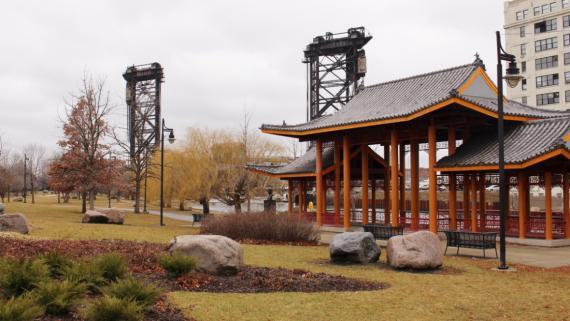 Ping Tom Memorial ParkWhen the Dan Ryan Expressway was built in the early 1960s, two parks near Chinatown were demolished to make way. The construction of the Stevenson Expressway soon after further isolated Chinatown, which was already squeezed between railroads and the river. In 1991, the Chicago Park District finally initiated plans to bring open recreational space to Chinatown by acquiring an old rail yard on the river. Development of the park began in 1998. It is named after Ping Tom, a lifelong resident of Chinatown who spearheaded the development of Chinatown Square, was involved in many civic institutions, and served as an advisor to various Chicago and Illinois politicians.
Ping Tom Memorial ParkWhen the Dan Ryan Expressway was built in the early 1960s, two parks near Chinatown were demolished to make way. The construction of the Stevenson Expressway soon after further isolated Chinatown, which was already squeezed between railroads and the river. In 1991, the Chicago Park District finally initiated plans to bring open recreational space to Chinatown by acquiring an old rail yard on the river. Development of the park began in 1998. It is named after Ping Tom, a lifelong resident of Chinatown who spearheaded the development of Chinatown Square, was involved in many civic institutions, and served as an advisor to various Chicago and Illinois politicians.

